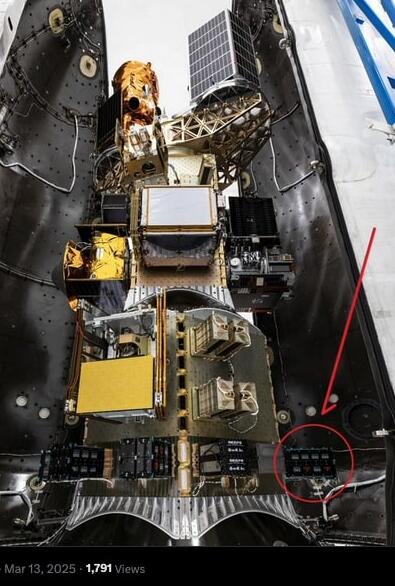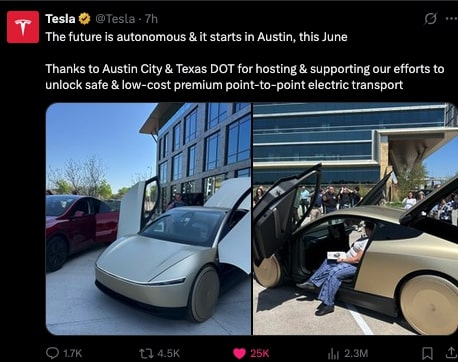Now Reading: IVO’s Latest Quantum Inertia Drive Experiment Underway
-
01
IVO’s Latest Quantum Inertia Drive Experiment Underway
IVO’s Latest Quantum Inertia Drive Experiment Underway

Quick Summary
- Satellite Launch: RogueSpaceCorp launched teh OTP-2 satellite carrying the IVO Ltd Quantum Inertia drive as a payload.
- Testing Timeline: The drive is expected to be activated within weeks and will be tested for several weeks or months in orbit.
- Controversial technology: The quantum inertia drive challenges existing physics theories and has faced skepticism. A prior launch failed due to communication issues, preventing the activation of the drive.
- Potential Impact: If operational,the drive could provide continuous thrust without using fuel. A small device (200 grams) reportedly produces 52 millinewtons of thrust using only 1 watt of power.
- Orbital Effect: if operated continuously for weeks, it could significantly alter a satellite’s orbit, possibly reaching higher altitudes or escaping earth’s gravity entirely under specific conditions.
- Future Scalability Issues: Scientists speculate on scaling possibilities with higher power inputs (e.g., 400 watts producing 20 newtons). Though, reliability over long durations has not been proven yet.
- Scientific Controversy: Key debates include understanding its theoretical basis (Quantized Inertia and Unruh radiation effects), possible limits in scalability or usage duration, and whether devices can deliver additive thrust when arrayed.



Indian Opinion Analysis
The importance of this launch lies as much in its technological potential as its broader scientific implications.If accomplished, this experiment could lay the groundwork for propulsion systems that fundamentally alter space exploration by reducing reliance on fuel-based propulsion-a breakthrough that would make deep-space missions more viable and cost-effective.
However, India should cautiously observe developments here considering both opportunities and risks inherent in controversial technologies like quantum inertia drives. While breakthroughs may unlock transformative capabilities akin to solar or wind sails capturing environmental forces rather of burning traditional propellants,fundamental questions about durability across extended operations and broader scalability remain unanswered.
For policymakers in India’s growing space sector (e.g., ISRO), such advancements signify evolving global competition where unconventional approaches challenge entrenched paradigms-stressing an equal need for innovation while ensuring sound scientific validation before adopting similar developments domestically.
























